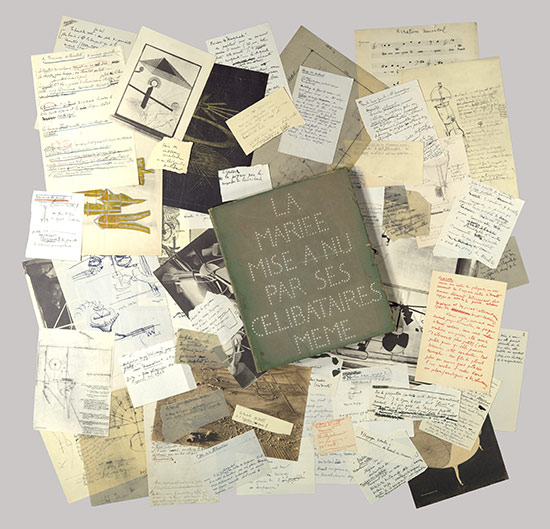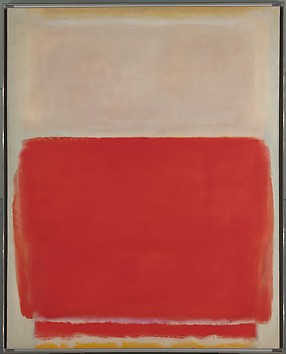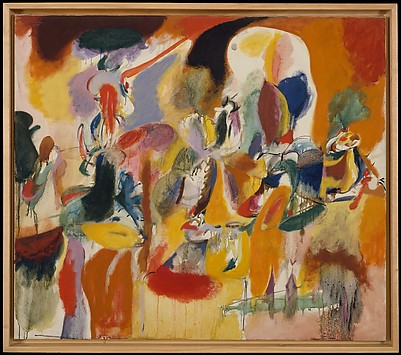

Surrealism, was a movement in visual art and literature, flourishing in Europe between World Wars I and II. Surrealism grew principally out of the earlier Dada movement, which before World War I produced works of anti-art that deliberately defied reason; but Surrealism’s emphasis was not on negation but on positive expression. The movement represented a reaction against what its members saw as the destruction wrought by the “rationalism” that had guided European culture and politics in the past and that had culminated in the horrors of World War I. According to the major spokesman of the movement, the poet and critic André Breton, who published The Surrealist Manifesto in 1924, Surrealism was a means of reuniting conscious and unconscious realms of experience so completely that the world of dream and fantasy would be joined to the everyday rational world in “an absolute reality, a surreality.” Drawing heavily on theories adapted from Sigmund Freud, Breton saw the unconscious as the wellspring of the imagination. He defined genius in terms of accessibility to this normally untapped realm, which, he believed, could be attained by poets and painters alike.
Surrealism is a style in which fantastical visual imagery from the subconscious mind is used with no intention of making the work logically comprehensible. Founded by Andre Breton in 1924, it was a primarily European movement that attracted many members of the chaotic Dada movement. It was similar in some elements to the mystical 19th-century Symbolist movement, but was deeply influenced by the psychoanalytic work of Freud and Jung.
The Surrealist circle was made up of many of the great artists of the 20th century, including Max Ernst, Giorgio de Chirico, Jean Arp, Man Ray, Joan Miro, and Rene Magritte. Salvador Dali, probably the single best-known Surrealist artist, broke with the group due to his right-wing politics (during this period leftism was the fashion among Surrealists, and in fact in almost all intellectual circles).
The Magic Realists were American artists somewhat influenced by the Surrealists.



 Magritte : this is not a biography by
Magritte : this is not a biography by  Salvador Dalí, 1904-1989 by
Salvador Dalí, 1904-1989 by